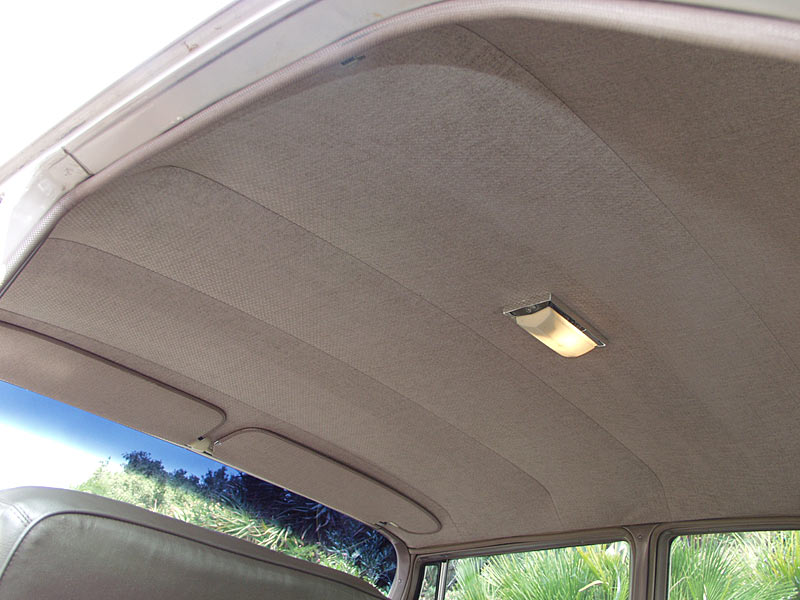
Most people only consider cleaning and maintaining the
exterior or interior appeal of their car when it comes to keeping it cleaned.
Cleaning the engine is another important factor when it
comes to cleaning your car. Cleaning your engine routinely will allow you to
notice any leaks or other damage that could lead to costly car repairs, if not
repaired quickly. There are many benefits to having a clean engine and is
crucial in the car care process.
It’s not a fun job to clean off the ‘black oily and dusty grime’ from the engine. But a clean engine will help you to notice fluid leaks at a glance, once the dirt and oil and other mud and road trash that have accumulated on your engine and under carriage. Engine clean ups are messy jobs, no doubt, but it should be done with care. The engine should be cold before you begin cleaning it. The best time for cleaning your car engine would typically be in the morning, after your car has sat all night and is properly cooled. You will also want to put some sort of cover over any filters, the alternator and the air intake. Also cover any electrical parts securely. (Check your owners’ manual to locate these parts.) Once everything is securely covered and protected, begin by degreasing the outside of the engine first. Clean and degrease all fluid containers and hoses, very well. The degreaser will do a lot to remove grime and scum from your cars engine, but it will take some scrubbing from you too. After you have cleaned these areas, remove the degreaser by spraying a slow flow of water on it, using extra caution to avoid those parts that are covered. After rinsing away the degreaser, use rags to clean other areas of the engine and use the small scrub brush to get into tight areas to clean well. You can use the degreaser but a cheaper and similar effective method is using Dawn ™ dish soap on your rags. Dawn™ is a great and inexpensive degreaser in itself. Using a soapy rag and the soft scrub brush wash all other parts, except the covered areas. Use a light spray of water to rinse the soap and grime away.
It’s not a fun job to clean off the ‘black oily and dusty grime’ from the engine. But a clean engine will help you to notice fluid leaks at a glance, once the dirt and oil and other mud and road trash that have accumulated on your engine and under carriage. Engine clean ups are messy jobs, no doubt, but it should be done with care. The engine should be cold before you begin cleaning it. The best time for cleaning your car engine would typically be in the morning, after your car has sat all night and is properly cooled. You will also want to put some sort of cover over any filters, the alternator and the air intake. Also cover any electrical parts securely. (Check your owners’ manual to locate these parts.) Once everything is securely covered and protected, begin by degreasing the outside of the engine first. Clean and degrease all fluid containers and hoses, very well. The degreaser will do a lot to remove grime and scum from your cars engine, but it will take some scrubbing from you too. After you have cleaned these areas, remove the degreaser by spraying a slow flow of water on it, using extra caution to avoid those parts that are covered. After rinsing away the degreaser, use rags to clean other areas of the engine and use the small scrub brush to get into tight areas to clean well. You can use the degreaser but a cheaper and similar effective method is using Dawn ™ dish soap on your rags. Dawn™ is a great and inexpensive degreaser in itself. Using a soapy rag and the soft scrub brush wash all other parts, except the covered areas. Use a light spray of water to rinse the soap and grime away.
Once the engine has been cleaned, you should dry it right
away to avoid water spots. Use the towels or a blower to get water dried from
hard to reach areas and tight spaces. After cleaning your engine, start your
car and listen for any abnormal sounds. If your car starts up and runs fine then
you have done an accurate job of cleaning the engine. If you notice anything
different about the way your car runs, the water may have caused damage to an
essential engine part and you should take it to be checked at a local car
repair shop.
Items that will be required for appropriate engine cleaning
as a process in your routine car care will include:
~ A common and good brand of degreaser (Detailer’s Pro
Series Engine Degreaser™ is a highly recommended degreaser brand.)
~ Many rags and towels (paper or cloth)
~small scrub brush that can reach in tight and smaller areas, preferably a flexible brush.
~plastic gloves
~ Many rags and towels (paper or cloth)
~small scrub brush that can reach in tight and smaller areas, preferably a flexible brush.
~plastic gloves
~ A few clean towels for drying, preferably microfiber
towels

 Many auto detailers know the incredible power of steam cleaners for the automotive industry. Now it’s time for everyone to know! Let’s face it, the best part of a new car is the smell. But driving around for a few years, sort of living in your car, you lose that great feature.
Many auto detailers know the incredible power of steam cleaners for the automotive industry. Now it’s time for everyone to know! Let’s face it, the best part of a new car is the smell. But driving around for a few years, sort of living in your car, you lose that great feature.
 Most of the car manufacturer’s, especially those of high-end cars, install leather car seats which definitely offer the vehicle a sophisticated appearance. Leather is a natural material that is porous, and it helps to absorb dirt, odor and grime, however, it requires careful maintenance for a healthy finish. Two important factors that can cause damage to your car seats are sunlight and heat and these can easily cause the seats to get damaged and can cause the leather to fray or crack. The frequency of cleaning your leather car seats mostly depend on your frequency of driving the car and how long it sits in sunlight. Depending on these aspects, you can choose to clean your car seat once in three months, which will help you to retain the healthy color and appearance of leather. Leather needs lot of care and attention and it can easily be damaged if it is not taken care of properly. If you are unable to clean your
Most of the car manufacturer’s, especially those of high-end cars, install leather car seats which definitely offer the vehicle a sophisticated appearance. Leather is a natural material that is porous, and it helps to absorb dirt, odor and grime, however, it requires careful maintenance for a healthy finish. Two important factors that can cause damage to your car seats are sunlight and heat and these can easily cause the seats to get damaged and can cause the leather to fray or crack. The frequency of cleaning your leather car seats mostly depend on your frequency of driving the car and how long it sits in sunlight. Depending on these aspects, you can choose to clean your car seat once in three months, which will help you to retain the healthy color and appearance of leather. Leather needs lot of care and attention and it can easily be damaged if it is not taken care of properly. If you are unable to clean your




